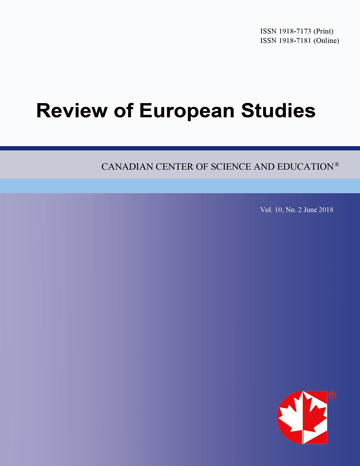Leaving and Losing a Job After Childbearing in Italy: A Comparison Between 2005 and 2012
- Marina Zannella
- Antonella Guarneri
- Cinzia Castagnaro
Abstract
This article builds on microdata from the Birth Sample Survey (BSS) carried out by Istat in 2005 and 2012 in order to analyse changes in the occupational status of mothers of young children. We aim in particular to broaden the understanding of the individual and contextual characteristics that can affect the probability of women who were employed during pregnancy of not returning to work in the two years following the child’s birth. The study contributes to existing literature on mothers’ employment in two main ways. First, we take into consideration the different nature - voluntary or involuntary – of the motivations for not returning to work. Second, we attempt to evaluate whether the likelihood of Italian mothers to leave or lose their jobs and the factors affecting these probabilities changed between 2005 and 2012. Our results confirm human capital investments and job characteristics to be among the main determinants of women’s employment continuity after childbearing. The probability of losing a job increased significantly for mothers in 2012 compared to 2005, probably as a result of the deterioration of labour market conditions during the recession years. Conversely, the probability of leaving a job was not statistically significantly related to the year; family characteristics - the presence of a couple and features of the partner’s job - were key factors in women’s deciding not to return to work after childbearing.
- Full Text:
 PDF
PDF
- DOI:10.5539/res.v11n4p1
Index
- ACNP
- CNKI Scholar
- DTU Library
- Elektronische Zeitschriftenbibliothek (EZB)
- EuroPub Database
- Excellence in Research for Australia (ERA)
- Genamics JournalSeek
- Google Scholar
- Harvard Library
- HeinOnline
- Infotrieve
- JournalTOCs
- Mir@bel
- Open policy finder
- RePEc
- ResearchGate
- ROAD
- Scilit
- Technische Informationsbibliothek (TIB)
- The Keepers Registry
- Universe Digital Library
- WorldCat
Contact
- Paige DouEditorial Assistant
- res@ccsenet.org
